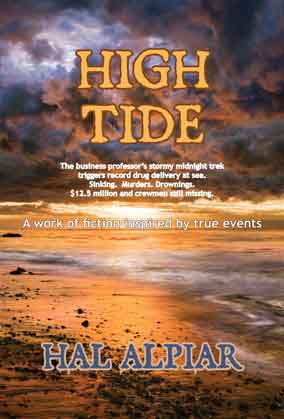Innovating and Problem-Solving
Has your brain been
thunder-struck?
We’ve all heard and probably used the term “Brainstorming” a few times, but when did you last use a formalized “Brainstorming” process? Did you know that the more rigidly structured approach you use, the more free-flowing and better the brainstorming results?
I’ve probably run 500 formal brainstorming sessions, and all have produced great results. Here’s my version of a “recipe” I follow. Print it out. Use it. It works!
[Adapted from the Pfeiffer and Jones University Associates Handbook of Structured Experiences for Human Relations Training, Volume III (Revised)].
THE GOALS:
1) To generate an extensive number of innovative thoughts or ideas, or solutions to a problem, by suspending criticism and judgment and evaluation.
2) To develop skills in creative thinking and problem-solving.
Group Size: Any number of small groups (best if composed of 5-6 participants each). Time Required: Approximately one hour total. Materials: White board or newsprint pad with markers for each group; stopwatch; bell. Physical Setting: Movable chairs for all participants. Warm-up Activity: In 2 minutes –without talking– make something out of one double newspaper page, or one lump of modeling clay; follow with quick show ‘n tell.
THE PROCESS:
1) The facilitator has each group form a circle and select a secretary, then provides each secretary with markers and board or newsprint pad, and asks each to record every idea generated by the group.
2) The facilitator states the following rules:
- A) There will be NO criticism, no judgments, and no evaluations during the brainstorming phase of the activity.
- B) Far-fetched ideas are encouraged because they often trigger more practical ones.
- C) Many ideas are desirable.
3) The facilitator announces that participants are to imagine being cast ashore on a desert island with absolutely nothing but a belt, then tells the group they have 15 minutes by the stopwatch to come up with as many ideas as they can in answer to the question: What can be done with the belt? (Other objects can be substituted– a flashlight / a rope / an oar / a corkscrew– and props, e.g., an actual belt, can often enhance the discussion)
4) After 15 minutes, the facilitator rings the bell, and tells the group(s) that the ban on criticism / judgments / evaluations is over, and directs the group(s) to evaluate their ideas and select the best –most feasible– ones. With multiple groups, each group’s “best” list can be shared, then all involved can explore ways to combine “best” ideas. The final (combined) list is posted and participants are asked to rank-order them for practical usefulness.
REPEAT THE ENTIRE PROCESS WITH A REAL BUSINESS PROBLEM OR NEED SITUATION. This can be done on-the-spot, the next day, next week, or periodically. The more disciplined the facilitator is in requiring adherence to guidelines, the better the results that can be expected. So go beat your brains in, if the storm didn’t already get to you!
# # #
Input aways welcome: Hal@TheWriterWorks.com (”Businessworks” in subject line) or comment below. Thanks for visiting. Go for your goals, good night and God bless you! halalpiar
# # #
This blog free via list-protected email: click RSS Feed above…$1.99/mo on AMAZON Kindle. Creative? Add your own 7 words to the 329-day 7-Word Story (under RSS) We’re making it up as we go! GET Hal Alpiar short story in Sept. release book from Nightengale Press: THE ART OF GRANDPARENTING Amazon, B&N, OR order special (signed by Hal) pre-publication $22.45 total check only (includes s&h), payable & mail to: TheWriterWorks.com, LLC @PO Box 1236, Millsboro, DE 19966. Include continental US ship-to address. Great 9/13 Grandparent’s Day gift!
Click Here to Comment On This Post


